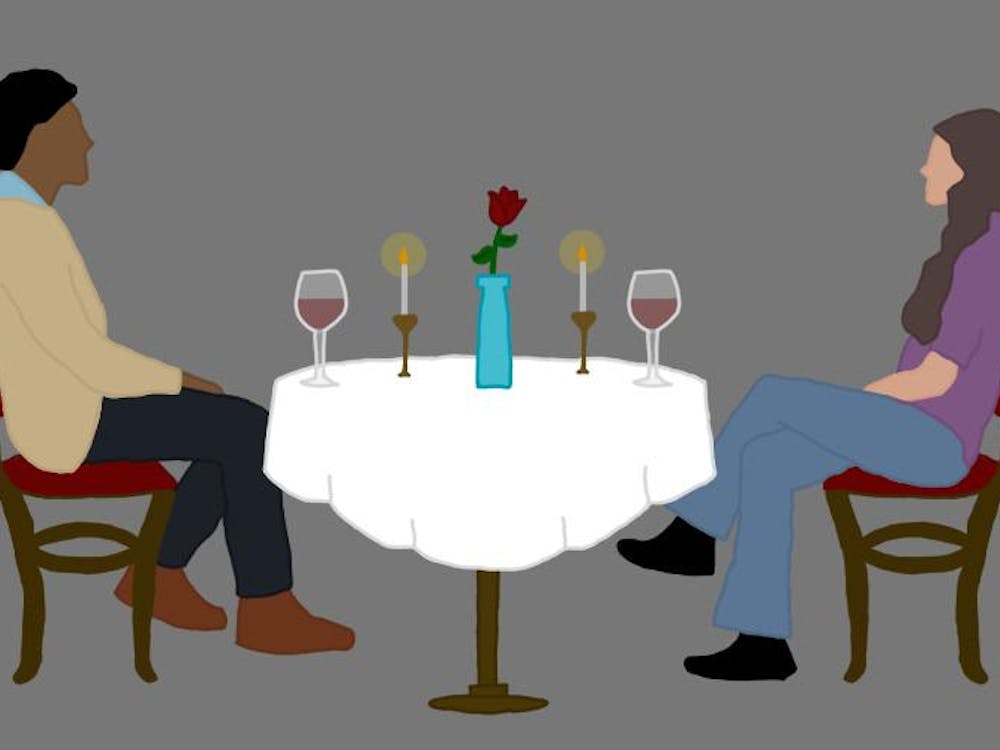Moving into dorms, attending orientation, navigating Grounds and registering for fall semester classes for the first time aren’t experiences reserved solely for first-year students. Associate Dean Of Admissions Gregory Roberts said about 530 new transfer students endure these same ordeals along with incoming first-year students every fall. Though transfer students and first-year students share some of the same new experiences and challenges, their journeys navigating the University are often quite different.
While first-year students are experiencing University life for the first time, transfer students have a previous college experience to compare with their new life at the University. Second-year College student Erin Avery, who transferred from Northern Virginia Community College this fall, said the University is much different than her previous college.
“There is more of a historical surrounding here,” Avery said. “There are also more activities and more student life.”
Fourth-year College student Yali Izegbu, who transferred from George Mason University in fall 2006, also noted differences between her previous school and the University.
“At George Mason, there are more commuters, more diversity, more intimacy, but less socialization,” she explained. “Academically, it is the same for me, but the classes are set up differently when it comes to labs and lectures here. At U.Va, students have a lot of support, though.”
Such differences can spark students to transfer. For some, it is the difference between their current college’s academic programs and those at the University that inspire a move.
Avery switched schools because the community college she attended near her home only offered a two-year program.
“I had to transfer in order to complete a four-year program,” Avery said. “I heard that U.Va. is a good school and I fell in love with it when I came to visit.”
For others like Izegbu, it’s not the length of the program but the academic rigor involved. “The biology program here at U.Va seemed better, in my opinion,” she said.
While transferring can help students achieve their academic goals, adjusting to a new school can be a necessary challenge in order to reap the benefits of the University. While Avery said she was surprised at how well she had transitioned, Izegbu’s adjustment was not as immediate.
“Honestly, it was kind of difficult for me to transition socially in the first two weeks,” Izegbu said. “It was like a heavy weight, like experiencing your first year again.”
At first, she said, it was difficult to meet people because everyone had already formed their own groups.
“You really have to be outgoing and find people like yourself,” she explained. “No one will just come up to you.”
Fourth-year College student Claudelle Gehy, who transferred from American University, said she felt similarly during her first year after arriving at the University.
“U.Va. is much bigger than American University,” Gehy said. “Sometimes, in certain dorms, it’s more difficult to meet people. You really have to make the extra effort to put yourself out there and join activities. You have to find people with strong common interests. After I found more people like myself, it was a lot easier for me.”
While socially integrating into the University may pose a challenge to transfer students, so too can the new classes and academic rigor.
“You really need to be aware of the expectations and work caliber here,” said Izegbu, who described the difficulty of the workload at both her previous school and the University as being fairly equivalent. Gehy said after taking her first exam, she knew what to expect academically. “I also learned to ask for help when I needed it,” she added.
Assistant Dean Frank Papovich, noted the challenges of being a transfer student go beyond academics and integrating into the student body.
“Transfer students face different challenges that many other traditional students don’t,” he said. “In addition to adjusting to the new level of academic work, some work part-time jobs, commute long distances and have families of their own. All must find ways to overcome these additional challenges and put forth the extra effort.”
The University provides resources to assist transfer students with their adjustments: In addition to orientations to help guide students through the University, transfer students are also assigned advisors to work with them and help them to navigate the transitional process when they first arrive. Papovich said these advisors keep up with students’ academic process while they are enrolled.
Papovich said his advice to transfer students is to take the time to assess the change required to advance their overall performance and match what is expected at the University.
While switching colleges may be challenging on a number of levels, for some, the benefits out weigh the difficulty adjusting.
“It was definitely worth it to transfer here,” Izegbu said. “The transition was different, but it shaped how I look at things. I’ve grown as an individual, met new people and learned new things.”






